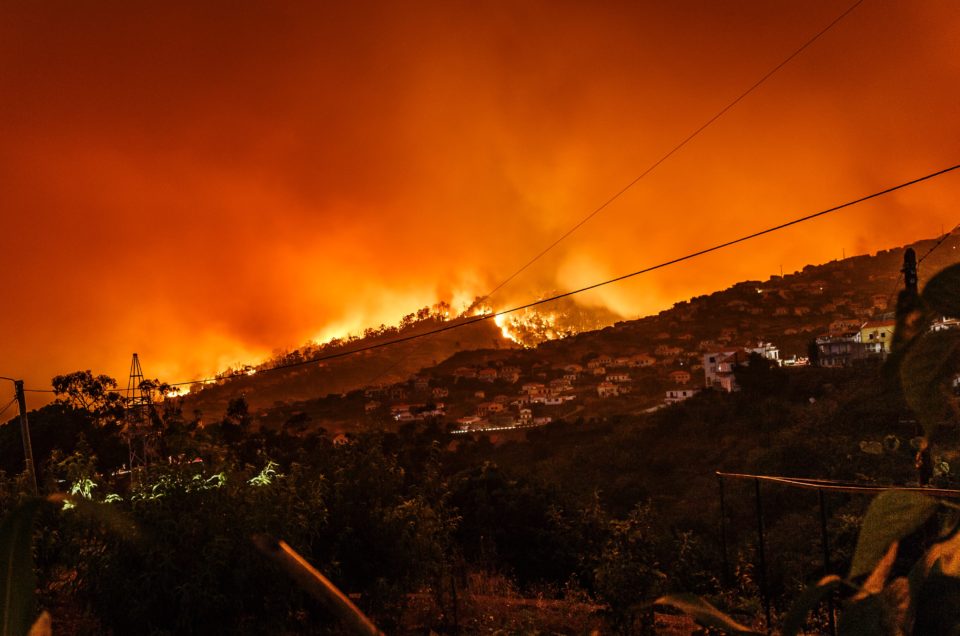INTERACT research featured in press

A partial research carried out under the INTERACT project (“Integrative Research in Environment, Agro-Chains and Technology”) was in the headlines over the last month.
Carried out by Mário Pereira and Malik Amraoui, professors and researchers from the University of Trás-os-Montes e Alto Douro (UTAD), and the researchers Joana Parente and Isilda Menezes, the research about the influence of drought on forest fires has deserved a reference in several media such as Lusa News Agency, SAPO 24 (generalist information project of the Portuguese portal SAPO) or Record TV Europa.
“We have studied the fire regime in Portugal and Europe for almost 20 years”, Mário Pereira said. “For a long time we have been identifying the weather conditions and atmospheric patterns associated to the occurrence of fires” and which go through the existence of dry and hot winds “from the east and/or south, high temperature, low humidity and the absence of significant precipitation in the days or weeks before”, he describes.
Focusing on extreme fires, which are “increasingly frequent” phenomena, the study established a cause-effect relationship between large fires and drought or heat wave situations. “For living or dead vegetation to burn, it must be in conditions suitable for the spread of fire”.
The study was based on data analysis between 1981 and 2017. “It was necessary to combine the two existing official fire databases for mainland Portugal” and which compile “detailed information on the date and time of the fires”, in addition to the “location, size and shape of the burnt area” since 1980. As “no extreme fires occurred” that year, the analysis starts the following year and is even “longer than the thirty-year period recommended by the World Meteorological Organization for climate studies”. After this collection, “how many extreme fires occurred during periods of drought and heat wave and in the areas affected by these extreme events were counted. The results obtained were impressive”: the research indicated that “all the extreme fires occurred during a drought”, with “97% were active in a heat wave”.
The results of the study can be quite important for the authorities, allowing “to identify the regions and periods where these extreme weather and climate events are most frequent”, and showing that large fires occur “in these extreme conditions” and that these phenomena “are easily monitored. Droughts are consequences of past conditions and can be easily monitored on the basis of indices calculated with past data or by remote sensing,” says the researcher.
Although the research focuses on fires with a burnt area of five thousand hectares or more, the researcher says that the conclusions can be applied to fires of a smaller size. However, Mário Pereira points out that “the meteorological signature should tend to be smaller the smaller the fires”, not least because “they occur in conditions that are not favourable” to their propagation, or “although they occur in conditions favourable to their development, they were extinguished before they became large fires”.
The research, however, is not yet finished. There are other paths the team wants to take. “It’s usual that in the course of research, new scientific questions are raised that are intended to be answered”. Issues like the influence of drought and heat waves on smaller fires, or what drought regime for different future climate scenarios are the topics that the researchers will focus on.

























